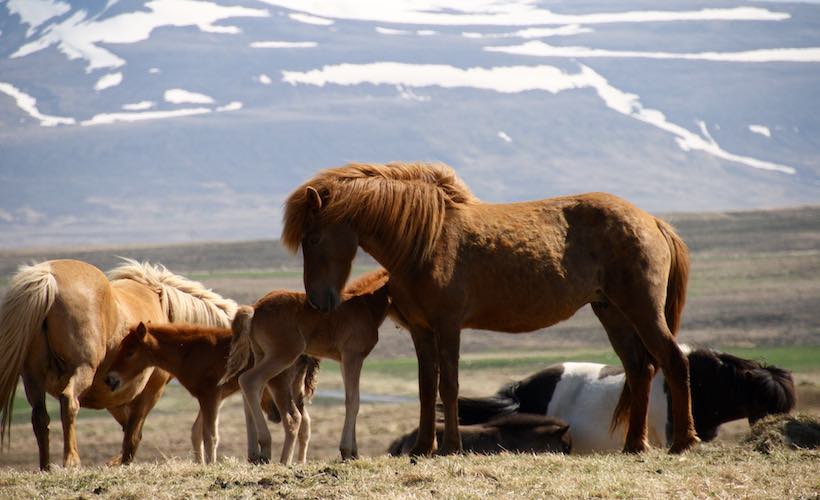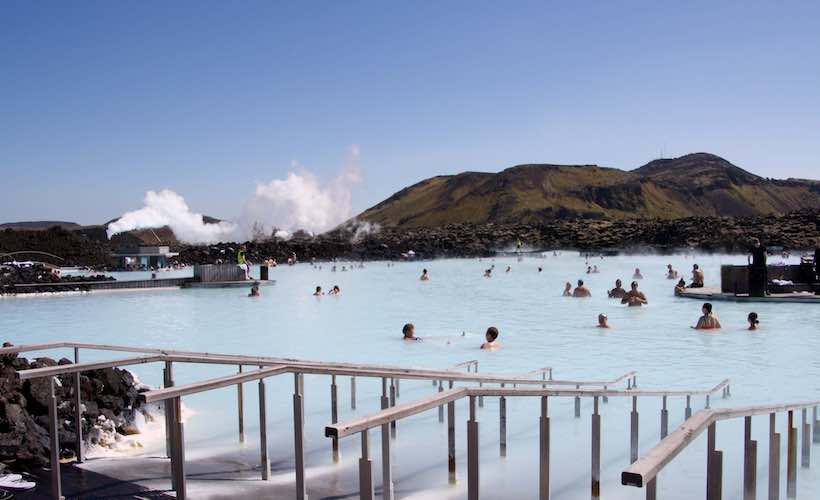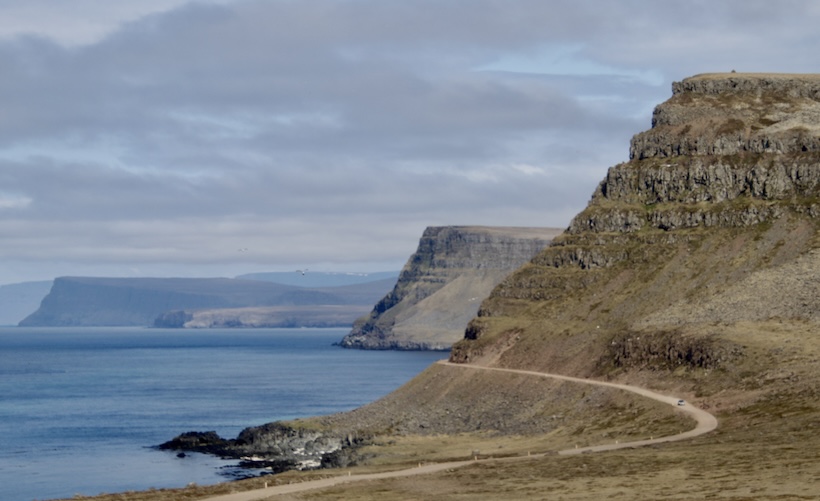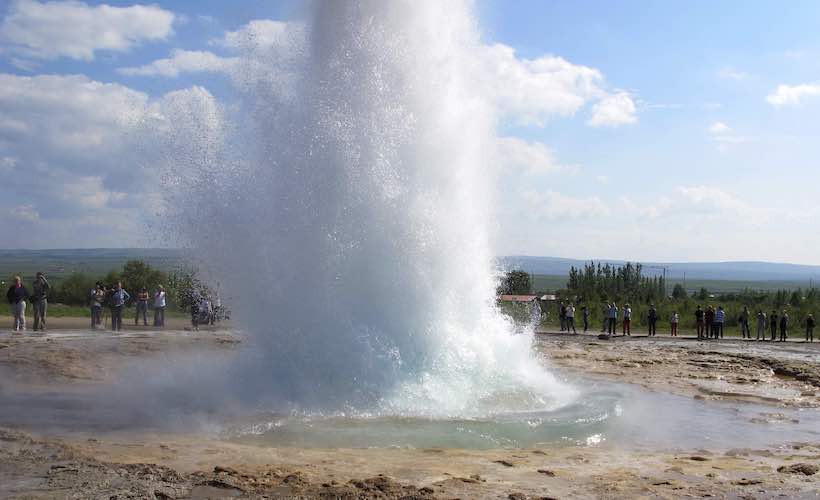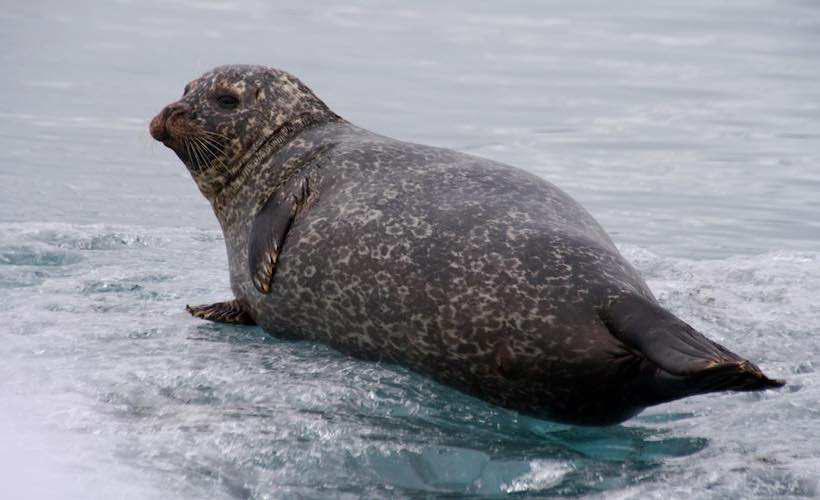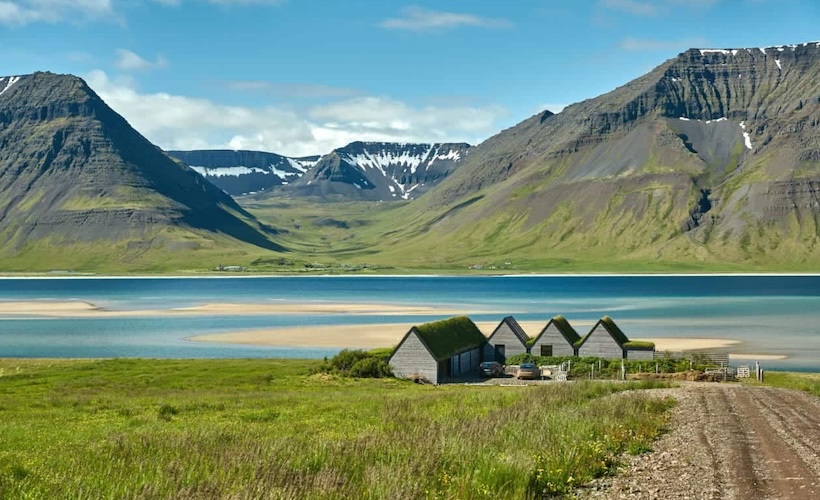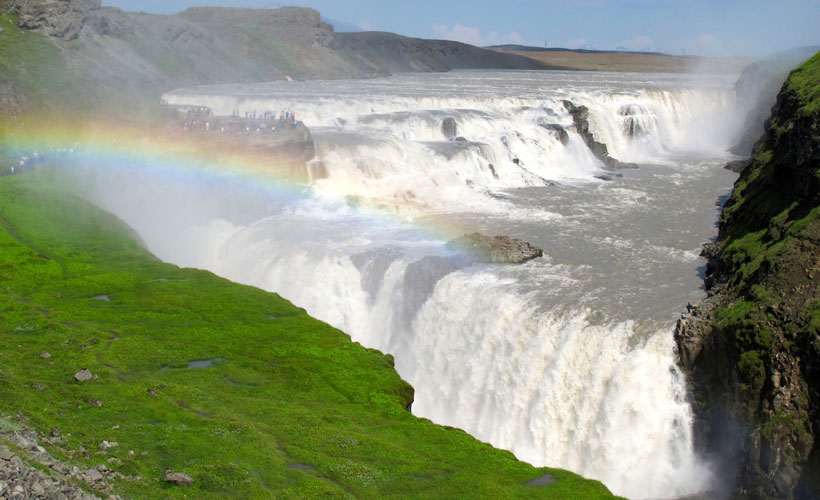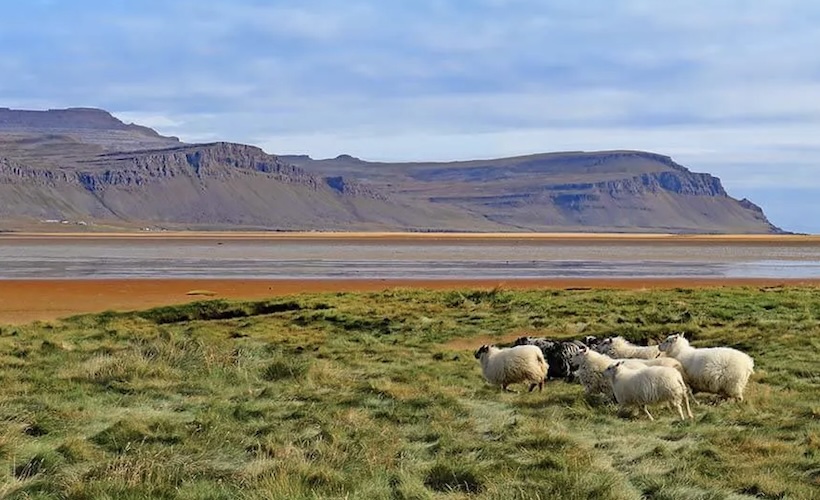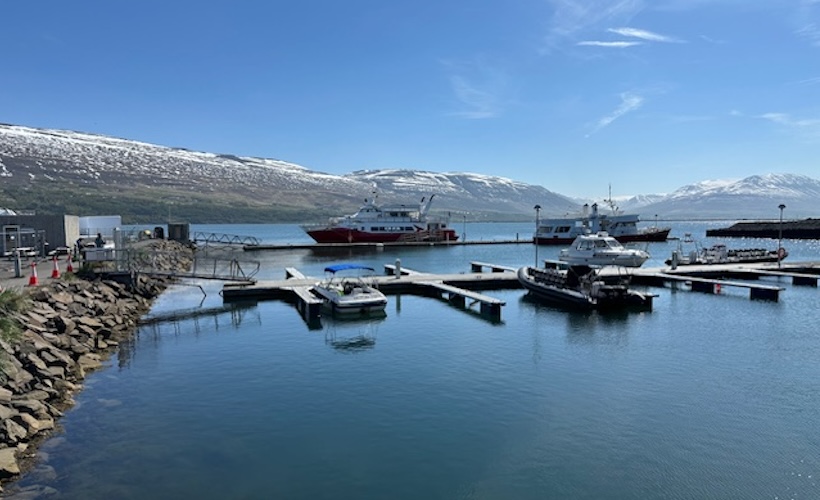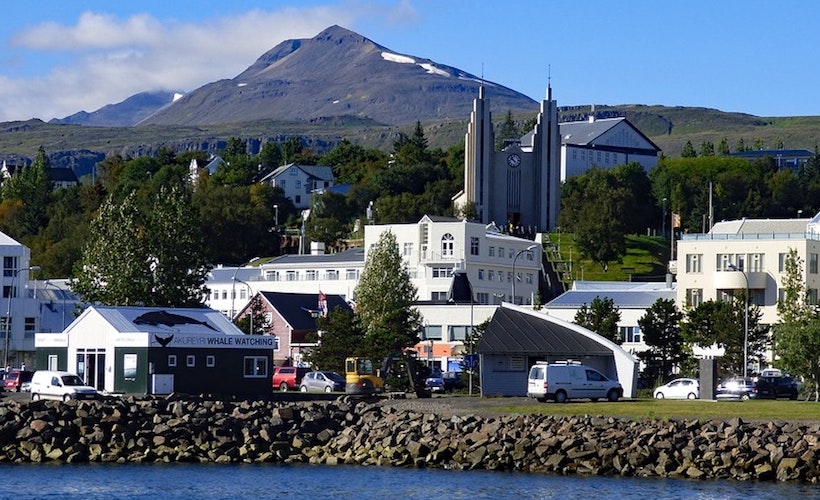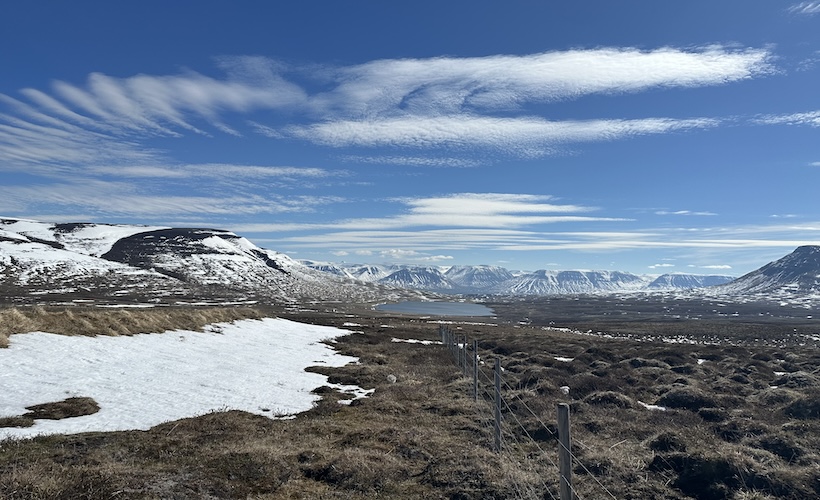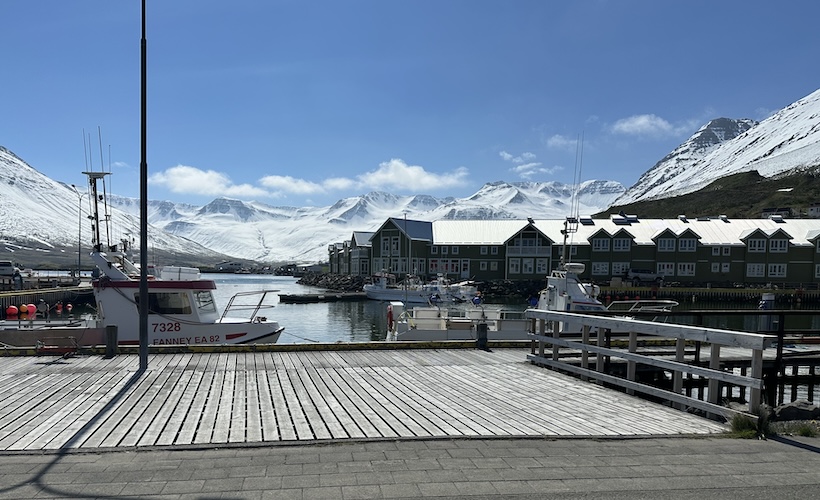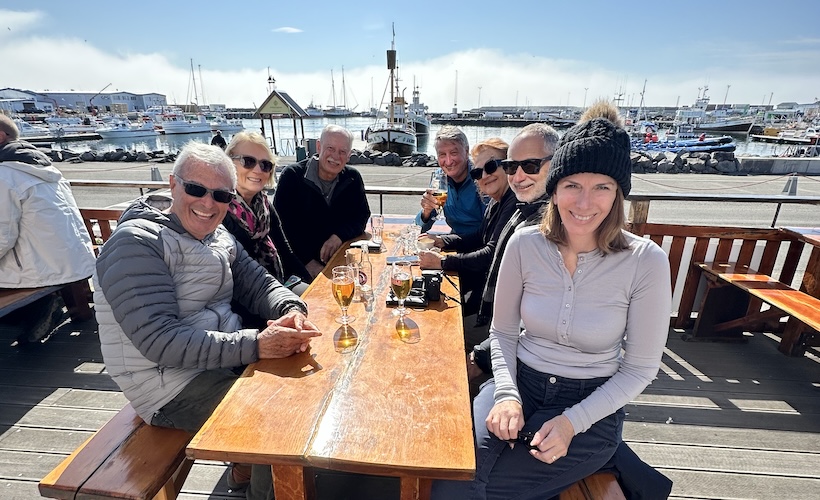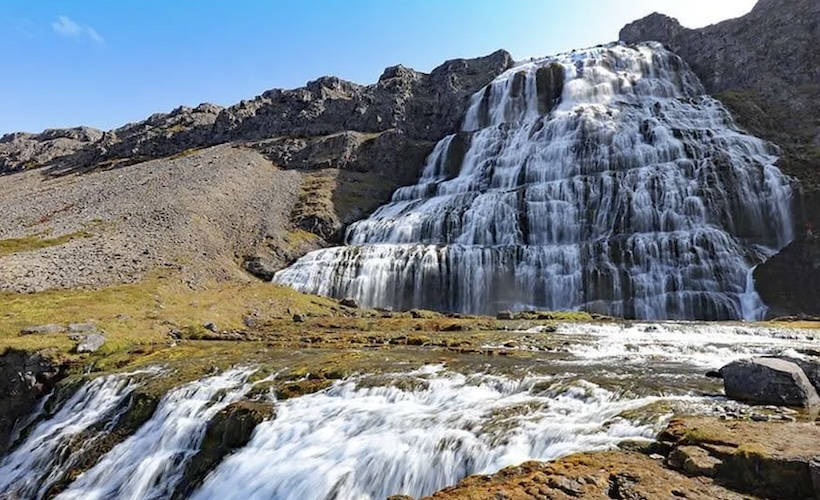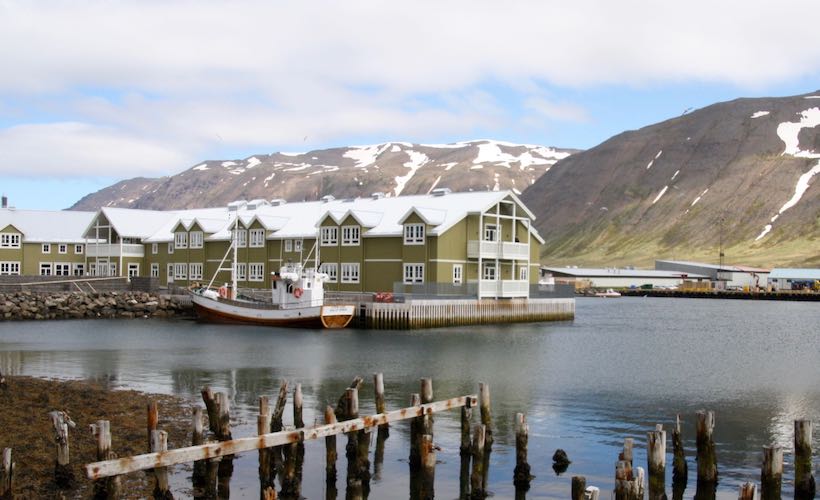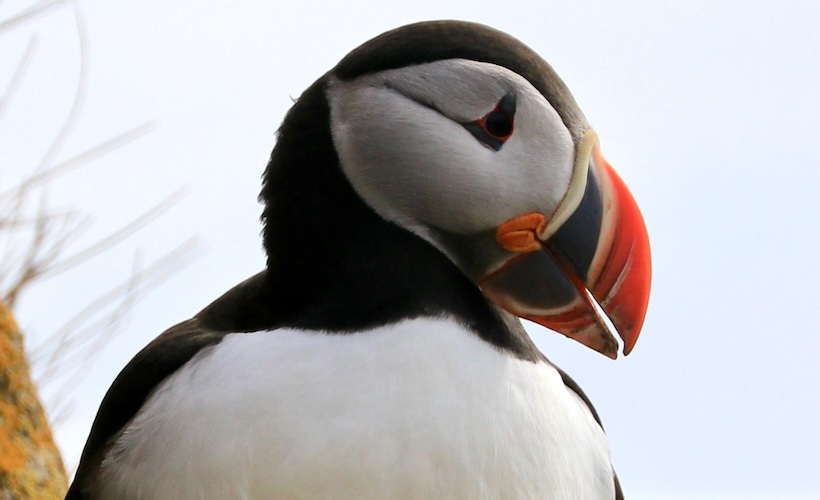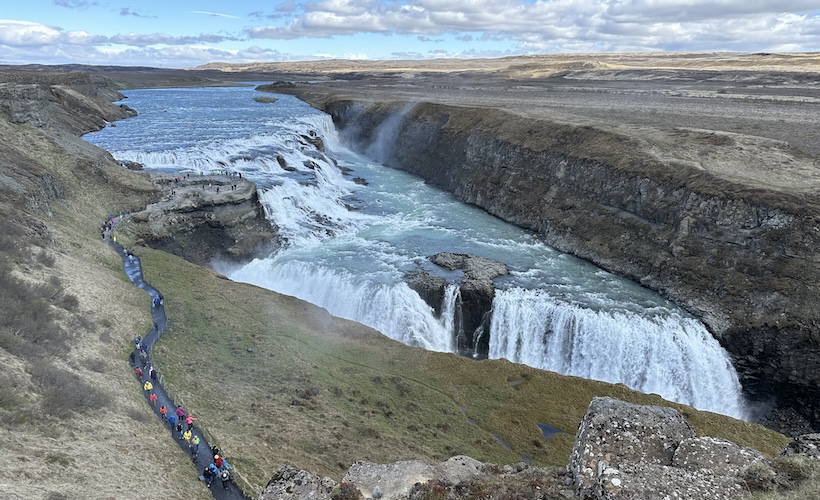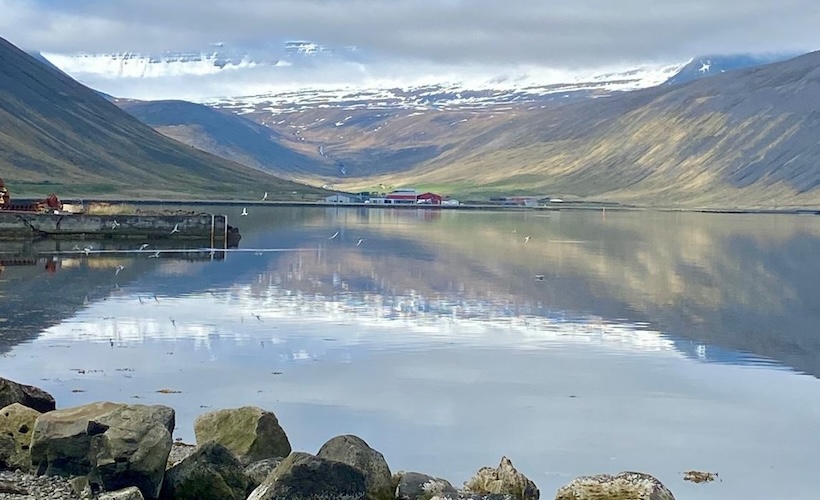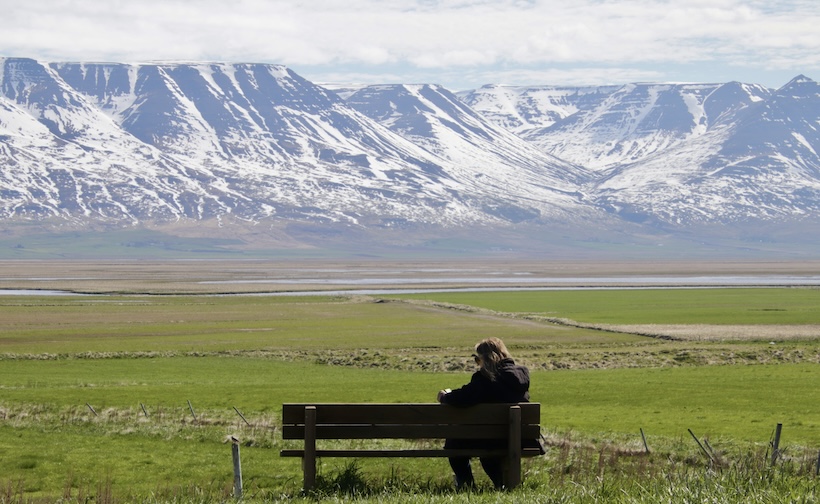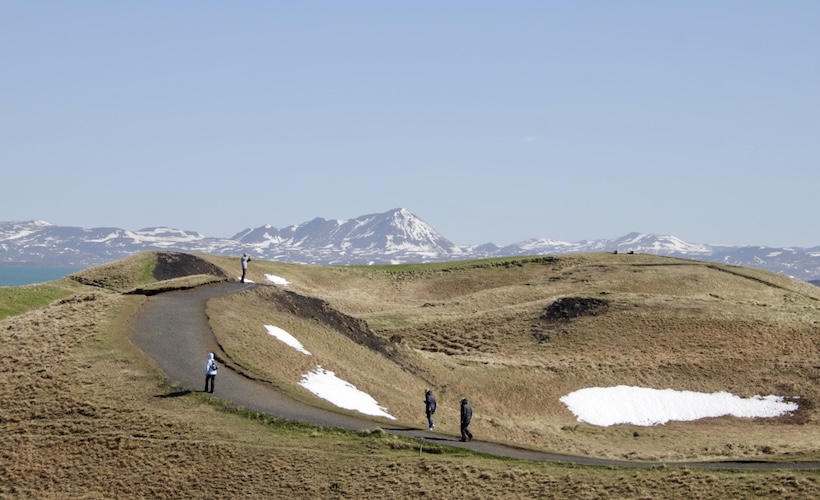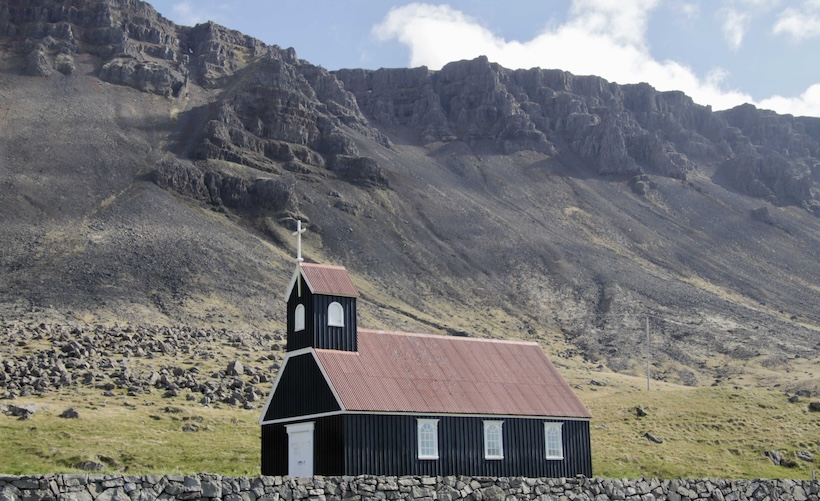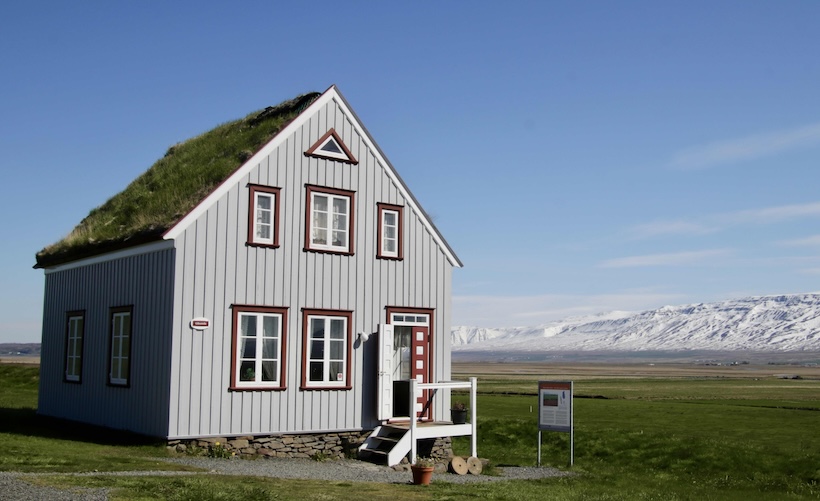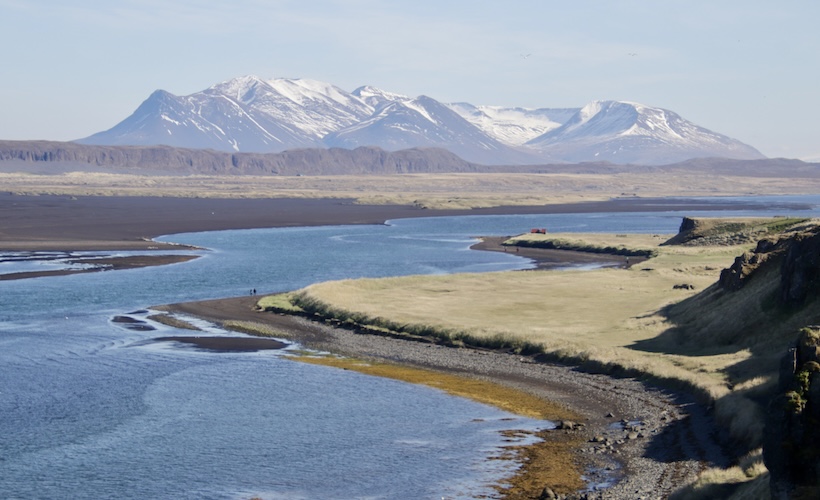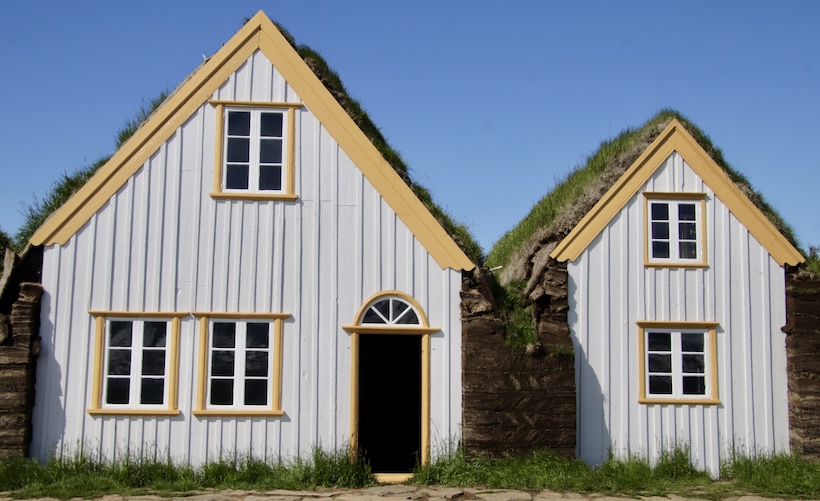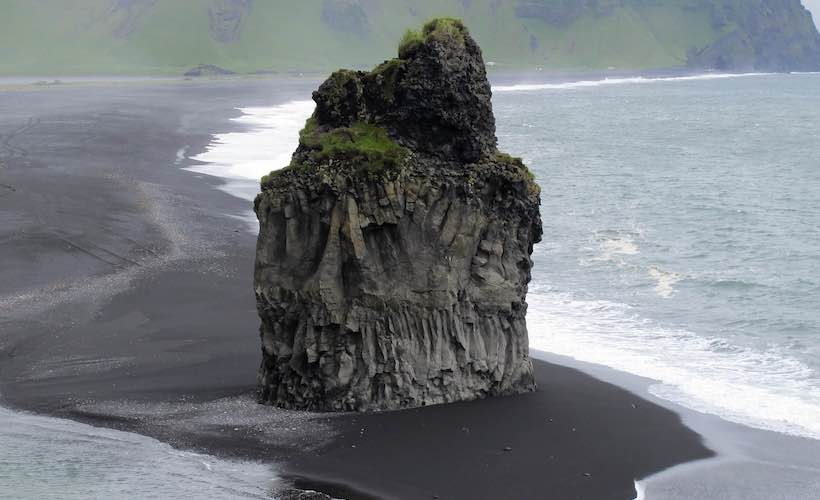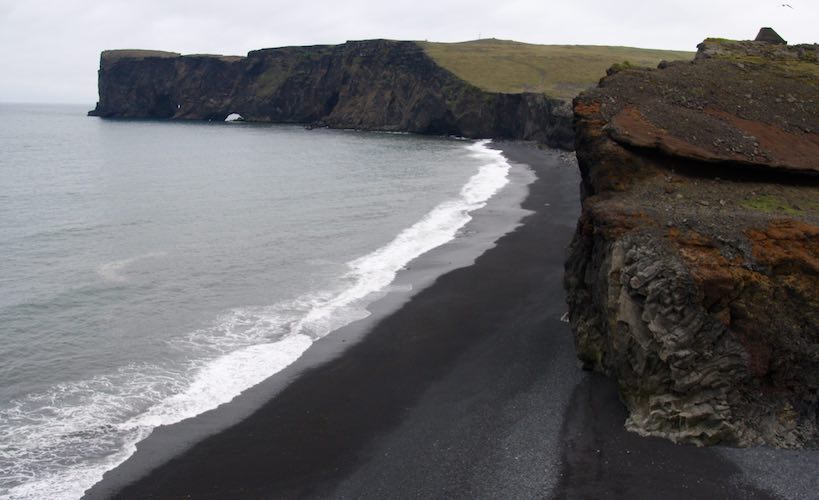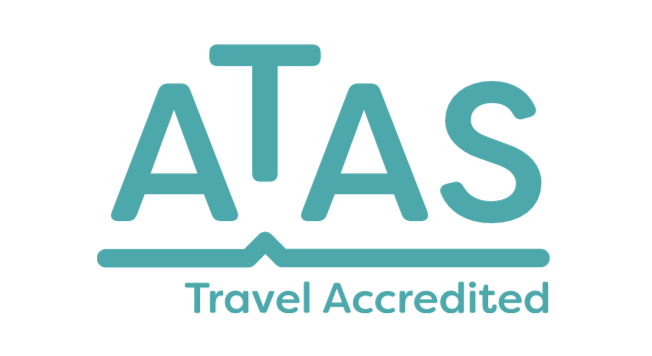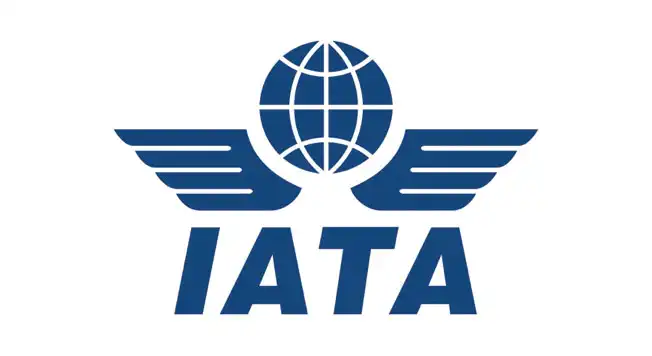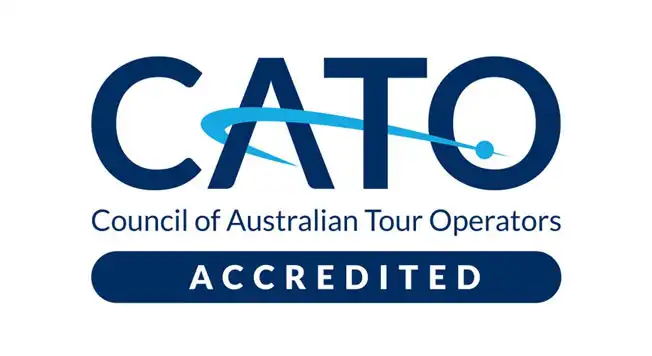Iceland in Depth | June 2026
 12 Days
12 Days
TYPOLOGIES
All Tours
DIFFICULTY
MIN. AGE
$ 12,990
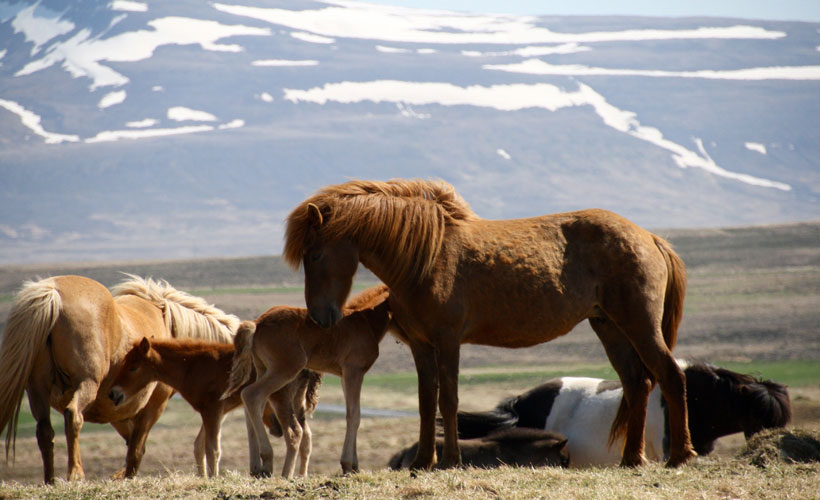
From $12,990
TOUR HIGHLIGHTS
- Iceland’s mountains, glaciers and waterfalls
- Volcanic black sands and sea stacks along the southern coast
- Whale spotting off Akureyri
- The geysers and fjiords of the golden circle
- Hip and quirky Reykjavic
ACTIVITY RATING

Whatever your perceptions of Iceland may be, they are possibly off the mark, or at least dated, as this small North Sea nation keeps on reinventing itself.
Iceland is often called the Land of Ice and Fire. Its spectacular natural landscapes showcase the ancient geothermal forces have been at work for thousands of years. Iceland is known for its volcanoes, glaciers, fjords, mountains, lava fields, waterfalls, and hot springs. The island's interior is a cold and uninhabitable combination of sand, mountains, and lava fields. From humble Nordic origins it has become one of Europe’s leading eco-paradises, boasting the largest national park in the European Union - Vatnajökull where you’ll discover pristine streams full of salmon, trails through glaciers, five-gaited Icelandic horses running wild, and bubbling pools of mud and sulphur to heal the body and mind. Many things in Iceland remain exactly as the Vikings found them around 1,100 years ago, especially the raw and dramatic glacial fjords.
At about 100,000 square kilometres, Iceland is small – with a population of just 350,000 making it the most sparsely populated country in Europe. There is a volcanic eruption every 4 years on average. At 43.5 hours per week, they have the longest work week in Europe. The Icelandic language remains unchanged from ancient Norse.
Iceland is warmed by the Gulf Stream and has a temperate climate, despite a high latitude just outside the Arctic Circle. Its high latitude and marine influence keep summers chilly, with most of the archipelago having a tundra climate.The major towns are the capital city of Reykjavík, along with its outlying towns of Kópavogur, Hafnarfjörður, and Garðabær, nearby Reykjanesbær where the international airport is located, and the town of Akureyri in northern Iceland.
| DEPARTURE DATE |
2 June 2026 |
| DURATION | 12 days |
| TOUR COST | $12,990 pp twin share |
| SINGLE SUPPLEMENT |
$1,990 Additional |
| AVAILABILITY |
PLACES AVAILABLE |
INCLUDED
- Twin-share accommodation
- All transportation as per itinerary
- Transfers to and from hotels as per itinerary
- Meals as listed on the itinerary
- Entry fees to places of interest as per itinerary
- All tipping, including drivers and guides
- Experienced English-speaking local tour guide/driver
- Escorted by an Australian host (subject to minimum number of 10 clients)
NOT INCLUDED
- International flights
- Electronic travel authorisation or tourist visa
- Travel insurance
- Any meals not indicated on the itinerary
- Optional excursions
- Items of a personal nature e.g. drinks, laundry, hotel charges
- International and internal flights not indicated on the itinerary
- Transfers to and from airports if not travelling on our group flight
ADDITIONAL INFORMATION
- Tours depart with a minimum of 4 clients
- Tour extensions – before or after tour extensions can be arranged on your behalf
- International flights can be arranged by Blue Dot Travel
- Business or premium economy flights can be arranged at an additional cost if available
- To book and reserve your place on a tour, a deposit of $500 and a completed booking form is required
ITINERARY
TOUR MAP
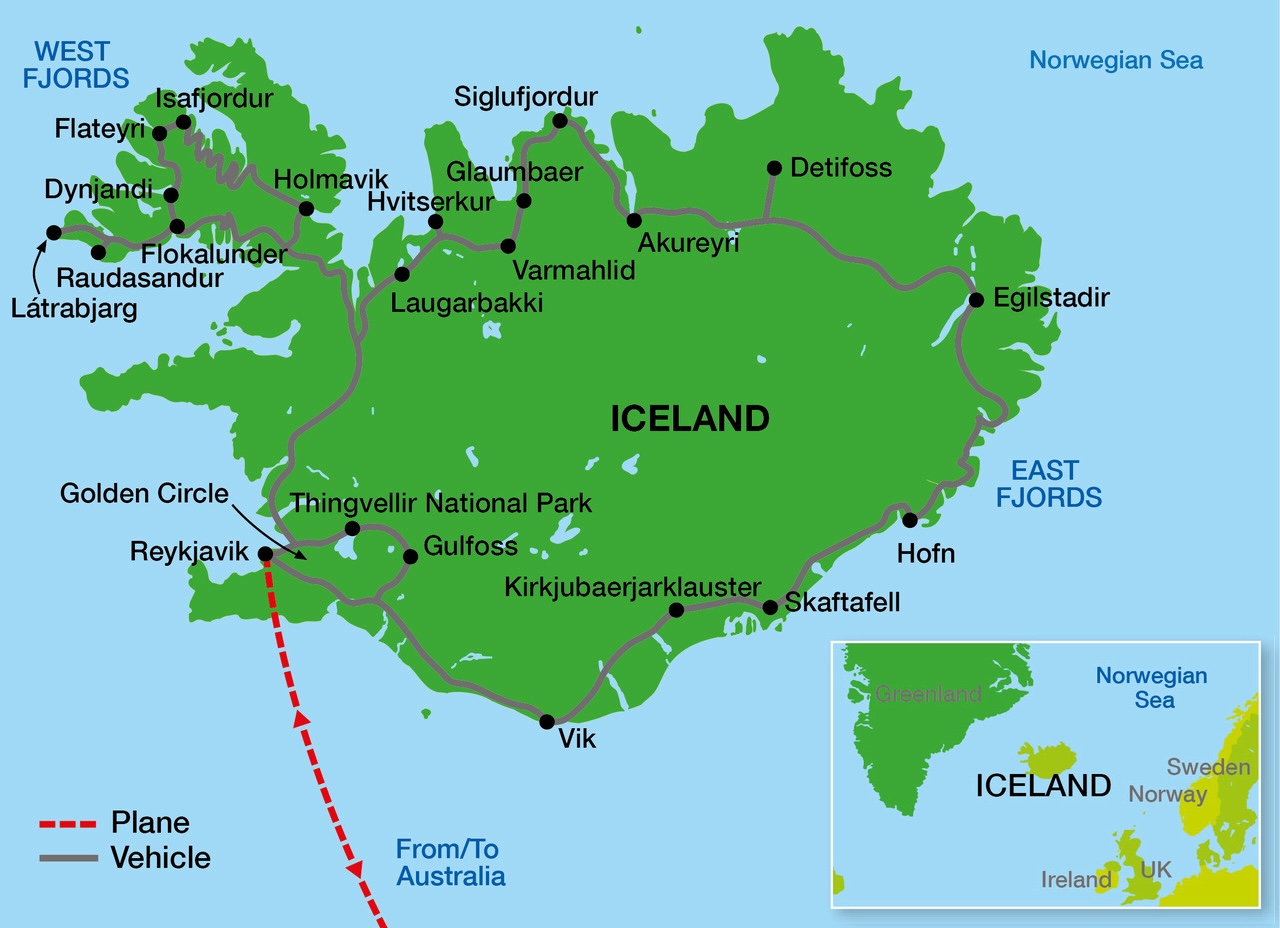
From $12,990
per person
TOUR HIGHLIGHTS
- Iceland’s mountains, glaciers and waterfalls
- Volcanic black sands and sea stacks along the southern coast
- Whale spotting off Akureyri
- The geysers and fjiords of the golden circle
- Hip and quirky Reykjavic
ACTIVITY RATING




